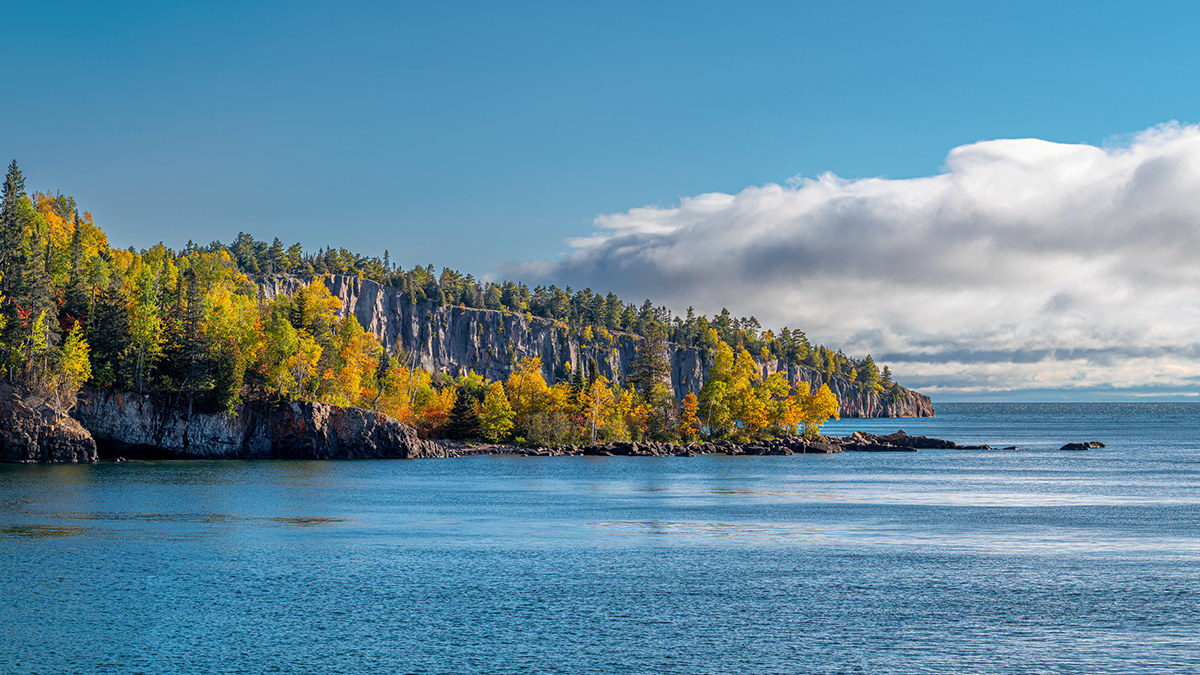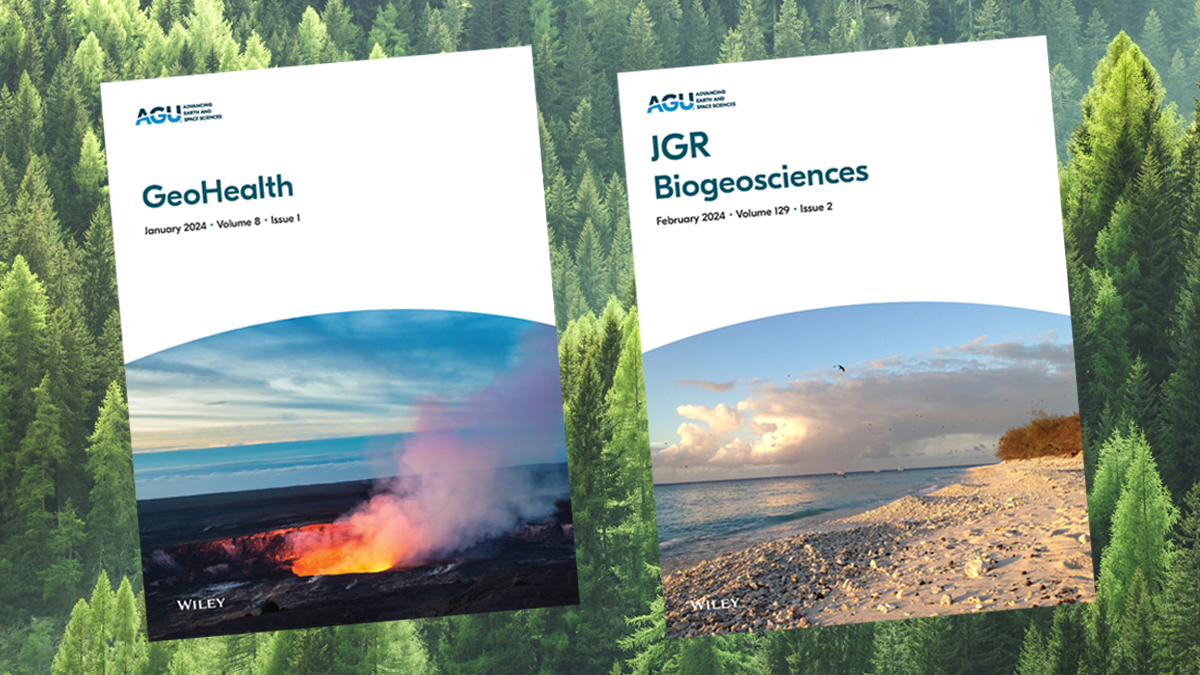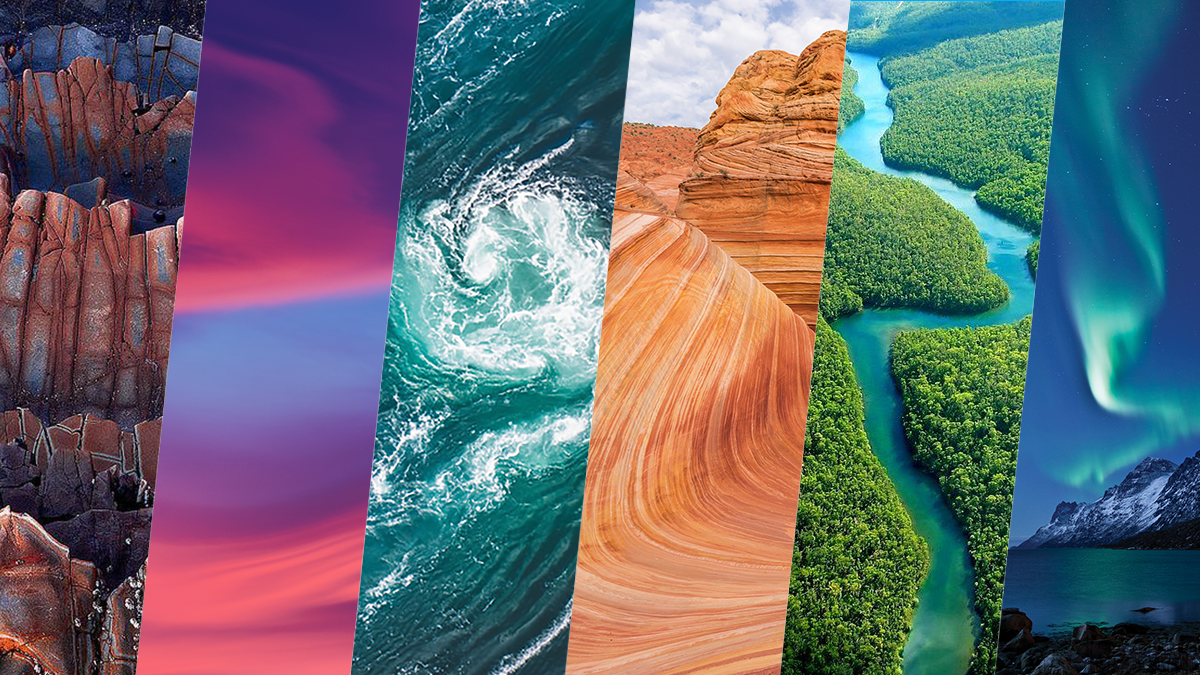Multi-annual measurements across Lake Superior indicate remarkable similarities between large lakes and ocean CO2 exchange during the ice-free season.
Journal of Geophysical Research: Biogeosciences
Lifting the Veil of Journal Editing
AGU Publications is excited to announce Early Career Editorial Fellow programs for JGR: Biogeosciences and GeoHealth for mentoring the next generation of journal editors.
The Many Adventures of Nitrogen in the Arctic Ocean
New research reviews how our atmosphere’s most abundant element cycles through the Arctic Ocean—and how climate change could affect the process.
As the River Flows the Colors Sparkle
Diving into the science behind river color and its relationship with flow.
The Invisible Hand of Carbon Dioxide on Forest Productivity
A statistically robust approach applied to long-term flux measurements quantifies forest ecosystem response to increasing atmospheric carbon dioxide, providing a valuable benchmark for climate models.
Investigadores desarrollan el primer presupuesto integral de gases de efecto invernadero de México
Un nuevo estudio profundiza en dos décadas de datos para crear una cuantificación integral de fuentes de carbono, metano y óxido de nitrógeno que podrían ayudar a guiar las políticas climáticas.
在土卫二上寻找生命:我们应该问些什么问题?
在冰冷的海洋世界中,建立在有机化学进化理论基础上的研究框架,可能会比仅仅寻找生命存在的直接证据,带来更深刻的见解。
AGU Introduces a New Policy to Foster Inclusion in Global Research
AGU Publications updates its authorship policy to foster greater equity and transparency in global research collaborations and help to address the issue of parachute science.
Looking for Life on Enceladus: What Questions Should We Ask?
On icy ocean worlds, a research framework built around the theory of organic chemical evolution could surface deeper insights than a hunt limited to direct evidence of life.
Animals Deserve to Be Included in Global Carbon Cycle Models, Too
Because they are far less plentiful than plants and microbes, animals have typically been excluded from examinations of carbon exchange in the atmosphere. But new research shows they may have a considerable influence on carbon cycle dynamics.










